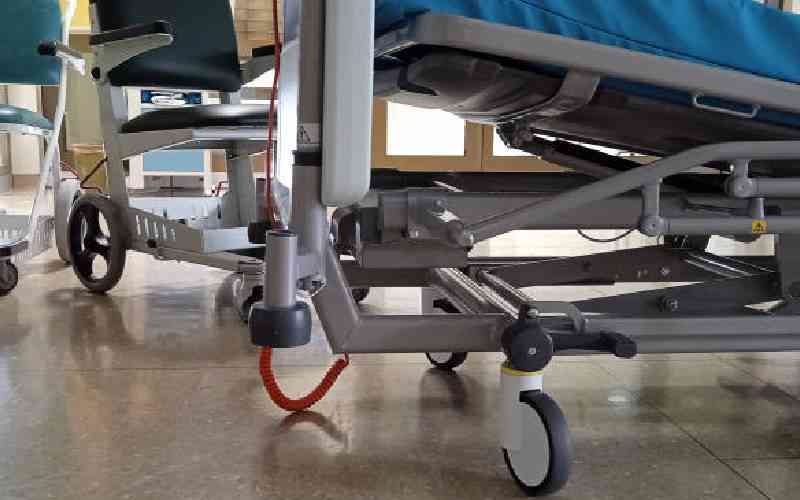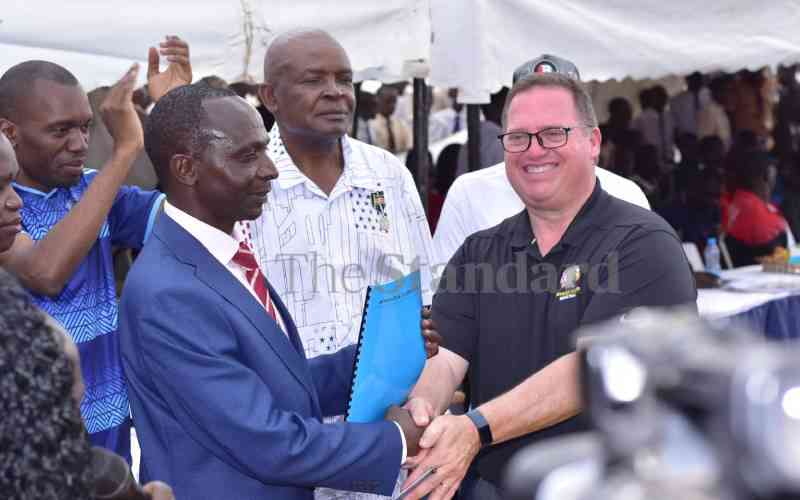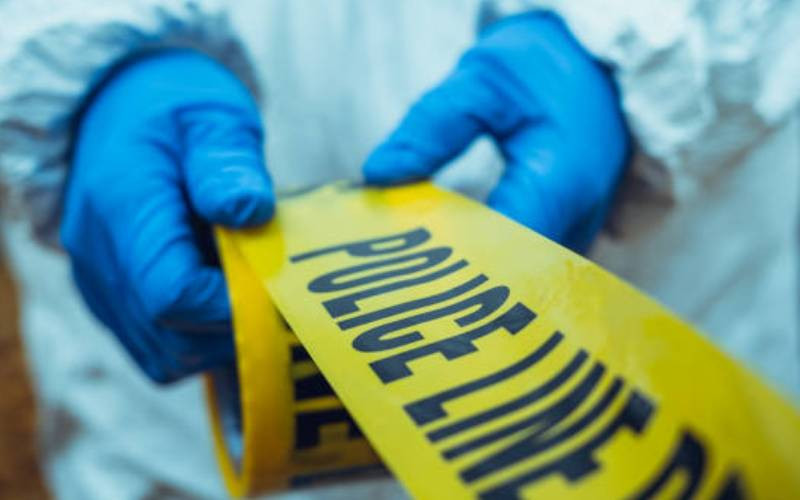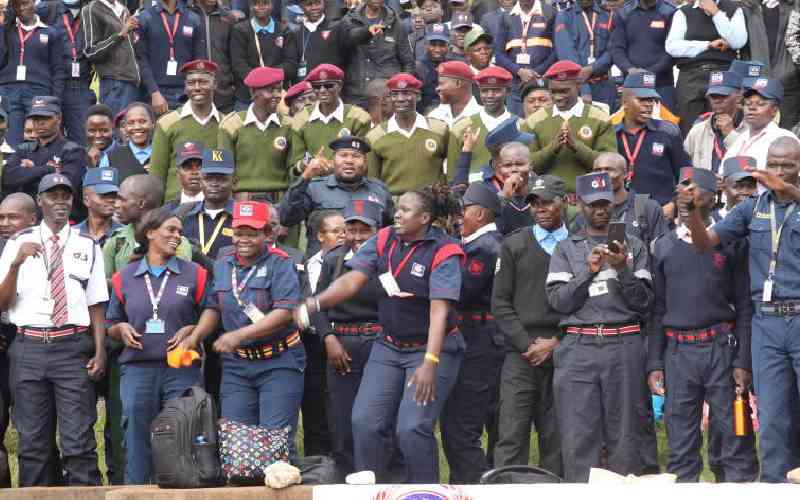David Simiyu Wanyama was killed by his two nephews and two grandchildren right next to a coffin he was making for the burial of his brother.
But the reason for the murder, which happened in Trans Nzoia County two years ago, was Wanyama’s decision to have his brother buried before his sister who was to be interred at Vogoi village in Trans Nzoia.
Wanyama’s death mirrors 1000 Ways to Die TV series by Thom Beers, in which he re-enacts incidents where unlucky souls met the Grim Reaper under unusual circumstances.
Two years after his death, his two nephews and two grandchildren have been found guilty in what Justice Hillary Chemitei referred to as unnecessary murder.
No reason
“There was no reason for the deceased to have met his death. It was senseless and completely unnecessary. The most that should have happened was for the accused to have stopped the deceased from working on the coffin. It appears further that there was a consensus by the clan chairman and elders that the burial of their father ought to be postponed,” ruled the judge.
On April 5, 2018, Wanyama left his home in Saboti to go and make a coffin for his brother named NM who had just died. He was with the village carpenter, Patrick Wametwa, who was to assist him.
Wanyama and Wametwa toiled all day, and had only tea and bread.
Little did Wanyama know that he would die — at the hands of NM’s two sons and two grandchildren — next to the coffin he was making.
Being a murder involving family, Justice Chemitei opted to redact the names of the accused and that of the man who had died.
The first and second accused who are Wanyama’s nephews are named AWN and MK and grandchildren are GWW and MWK.
The first prosecution witness was named CN. He explained that Wanyama, who was his uncle, was making a coffin when the four accused attacked him with pieces of wood, knives and metal bars. The four then doused the coffin with paraffin and set it on fire. They then descended on women who were preparing food in the homestead and fled the scene.
In his defence, AWN testified that his stand as the first son of NM was that his aunt ought to have been buried first in Vogoli since his father was a prominent person and his burial ought to have been postponed.
He claimed that following the disagreement, his uncle hurled a jack plane at his youngest brother called W but he dodged. He then hit Wanyama on the head.
AWN denied hitting the deceased with a panga.
Stay informed. Subscribe to our newsletter
The second accused claimed when he arrived home after learning from his nephew GWW that his father had died, he saw his uncle go after his younger brother W with a jack plane.
MK claimed that he wanted to assist his uncle but took off out of fear. He told the court that he met with the area chief and he arrested them.
He testified that the dispute was about land and not their father’s time of burial.
Upon being pressed, MK admitted that the dispute was about the burial and that the clan’s chairman had permitted his uncle to make the coffin.
According to him, it was his younger brother who hit Wanyama with a jack plane and he fell, hitting his head on the coffin.
GWW also defended himself. He claimed that he heard a commotion accompanied by screams and then he saw his uncles running and he followed them.
According to him, they then boarded a police vehicle after the officers informed him it was for his own safety.
The fourth accused, MWK also took a similar line of defence as GWW. He told the court that he heard some noises, and saw his two uncles running with his aunts after them.
MWK said he decided to follow them without knowing what had transpired and they were held by the police for their own safety.
Justice Chemitei found their defence inconceivable, noting that their running away was a sign of guilt.
“Their intention, it appears, was to stop the burial of their father and grandfather on that day or earlier and before their aunt in Vogoli was buried.
“The photographs produced indicate some burns on the lining used for the coffin. The type of weapons used by the accused were meant to inflict maximum injuries to the deceased, which it did as confirmed by the pathologist,” Chemitei said.
 The Standard Group Plc is a
multi-media organization with investments in media platforms spanning newspaper
print operations, television, radio broadcasting, digital and online services. The
Standard Group is recognized as a leading multi-media house in Kenya with a key
influence in matters of national and international interest.
The Standard Group Plc is a
multi-media organization with investments in media platforms spanning newspaper
print operations, television, radio broadcasting, digital and online services. The
Standard Group is recognized as a leading multi-media house in Kenya with a key
influence in matters of national and international interest.
 The Standard Group Plc is a
multi-media organization with investments in media platforms spanning newspaper
print operations, television, radio broadcasting, digital and online services. The
Standard Group is recognized as a leading multi-media house in Kenya with a key
influence in matters of national and international interest.
The Standard Group Plc is a
multi-media organization with investments in media platforms spanning newspaper
print operations, television, radio broadcasting, digital and online services. The
Standard Group is recognized as a leading multi-media house in Kenya with a key
influence in matters of national and international interest.








